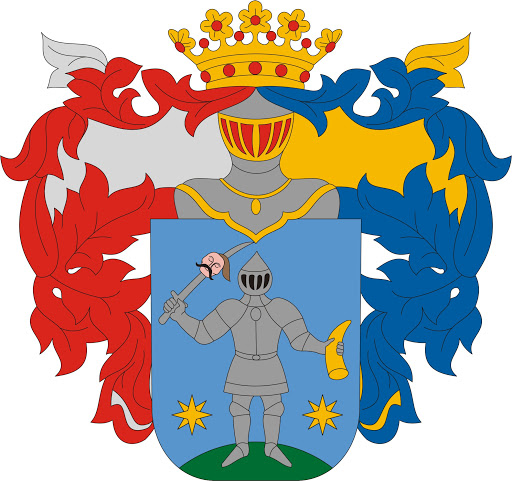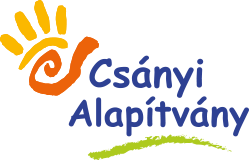
Get to know Jászság! – Jászjákóhalma
In the Jászság group 4, 16 children from 8 settlements go to the Community House in Jászberény in the capital of Jászság and we would like to get to know the values and sights of each other’s settlements. So the slogan of one of our summer camps is: “Get to know Jászság!” became and in the planned five days we will walk through the children’s settlements on a hiking trail we dreamed of. In the first round, the families help to map their own village and together with the children make a description of the sights and a hiking trail, then take photos of the buildings and landscapes. We are constantly sharing these compilations with you. Our seventh settlement: Jászjákóhalma. The description was compiled by: Ágnes Oláh Anna, Murzsa Amira Vanda also helped with navigation. ” Andrea Hábenciusnalla Balla, mentor, Jászság group 4
Jászjákóhalma is a settlement with almost 3,200 inhabitants in the center of Jászság on the left bank of the Tarna, 6 km from Jászberény. The Tarna flows into Zagyva near the village. The village has a significant industrial past – especially in carpentry, shoemaking and milling. Its church was built in the 15th century in Gothic style. It was remodeled in Baroque style in 1778 and the original Gothic church became the side chapel of the new building. Mária Malom is also located in the settlement.
Lions
Roman Catholic (St. James) Church was originally built in the 15th century in Gothic style. Roman Catholic parish was built in 1904
The statue of St. John of Nepomuk was erected in 1902.
Chapel of the Holy Cross and Calvary was built in 1884
The statue of the Virgin Mary was made in 1761 in Rococo style.
The statue of the grieving Christ was made in the 18th century.
The statue of St. Vendel is the typical Jászság statue made in 1902.
The monument to Imre András Tóth was built in 1991.
The Széchenyi Memorial Column was built in 1991.
The Péter Horváth Local History Collection opened in 1998.
World War II memorial was built in 1923. II. World War II memorial was built in 1990.
Stone cross was made in 1827. The “Rooster” statue of Jesus was made in the 19th century.
Tarna Bridge (bend bridge).
Ida Laki gallery.
Births of the settlement:
Péter Horváth Kőhalmi is the first historian of the Jász and Jászság.
László István Péter Golden-feathered writer, honorary citizen of the settlement.


